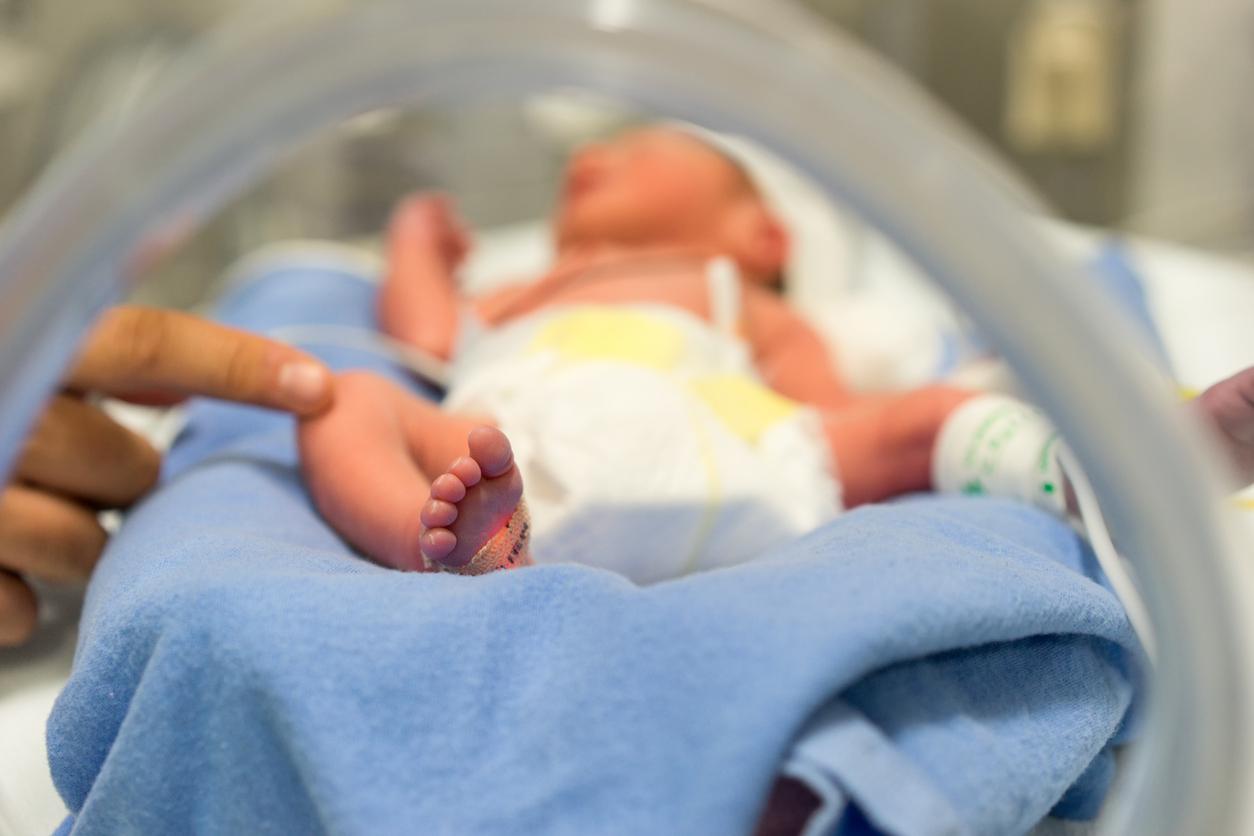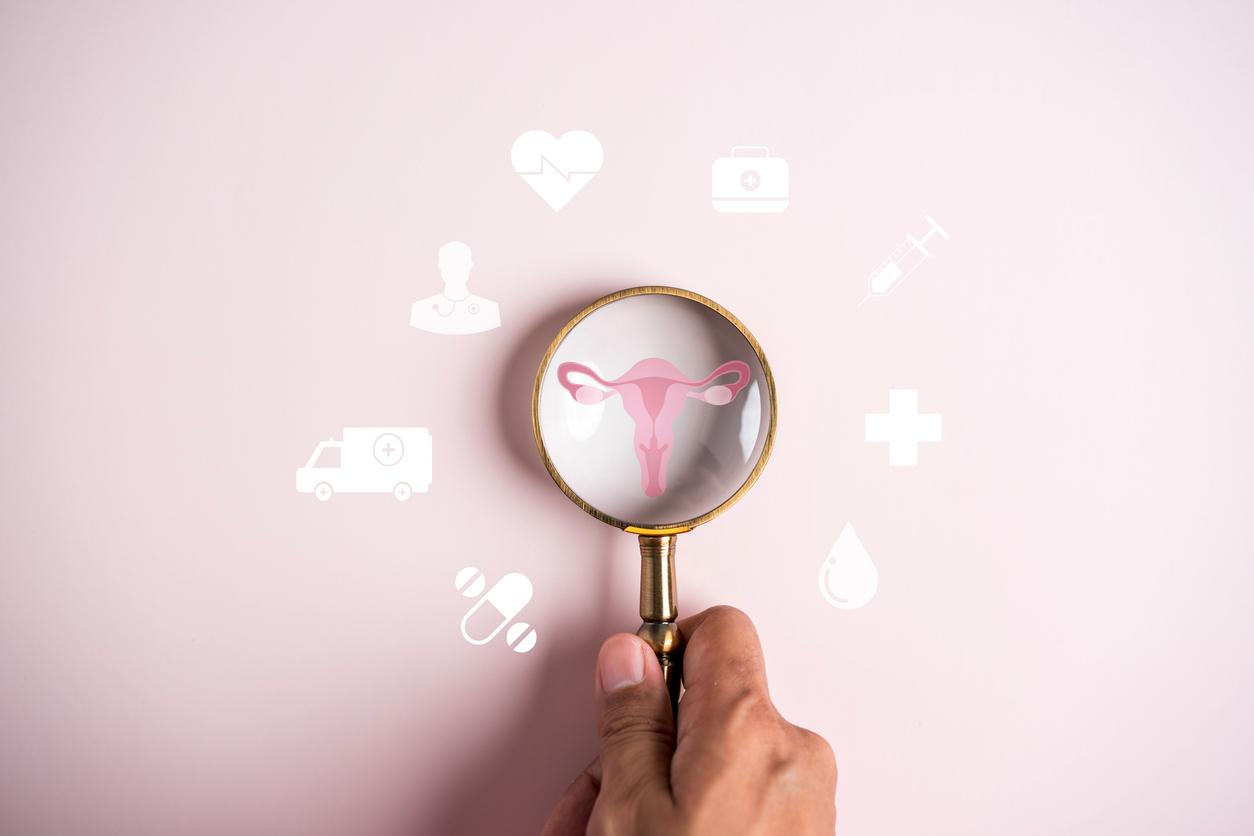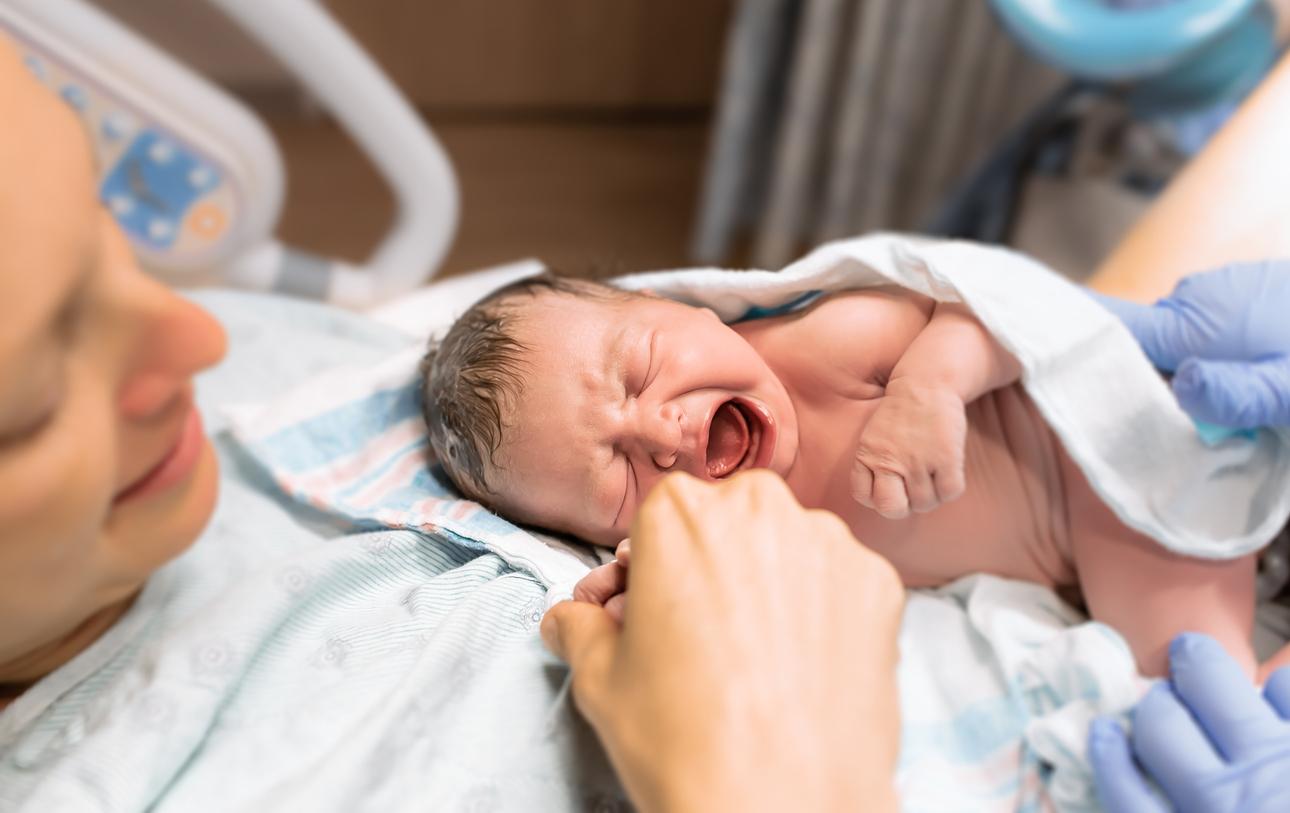Taking common anti-nausea drugs such as Ondansetron in the first trimester of pregnancy is associated with a slight increased risk of cleft lip and palate in the newborn.

Common during the first three months of pregnancy, nausea poisons the daily lives of nearly half of pregnant women. Many then resort to anti-nausea (or anti-emetics) such as Ondansetron, a molecule indicated for the prevention of acute nausea and vomiting. In 2014, 22% of pregnant women in the United States reportedly took this drug during their pregnancy.
But despite its prevalence, data on the drug’s safety and effects on fetal development were limited, with small-scale studies yielding conflicting results. New work by researchers at Brigham and Women’s Hospital in Boston fills that gap. In an article published online at JAMA, the scientists explain that they analyzed data from more than 88,000 pregnancies in which pregnant women took Ondansetron during their first trimester. Their intention: to examine the risk of heart defects or oral clefts associated with taking the drug.
No risk of heart defect
Led by epidemiologist Krista Huybrechts, the scientists conducted a retrospective cohort study based on national Medicaid Analytic eXtract (MAX) data, a dataset including more than 1.8 million pregnancies resulting in live births between 2000 and 2013 in pregnant women insured by the State. Records showed that 88,467 patients were prescribed Ondansetron during the first trimester, or 4.9% of pregnancies.
By analyzing all the data, the team of researchers discovered that Ondansetron did not increase the risk of heart defects: it reports a rate of 94.4 heart defects per 10,000 births in pregnancies exposed to Ondansetron, against 84.4 per 10,000 among unexposed pregnancies.
A slight risk of cleft lip and palate
In contrast, the researchers found an increase in cleft lip and palate. Formerly called “lip of the lip”, the cleft lip and palate is a defect of fusion of two parts of the face which affects the lip at the level of the future location of the lateral incisors, the palate and the veil. Appearing around the 6and week of pregnancy, cleft palate can be partial or total, unilateral or bilateral. In France, it is estimated that one child born out of 750 is affected by this malformation.
The authors of the study want to be reassuring, however, since they found an absolute risk of 14 cases per 10,000 births among pregnancies exposed to Ondansetron, against 11.1 cases for the 10,000 unexposed births.
The team also looked at information about birth defects overall, finding no increased risk in fetuses exposed to the drug in the first trimester. “These results suggest that Ondansetron does not significantly increase the risk of birth defects, although a small increase in the risk of cleft lip and palate cannot be excluded,” said Prof Huybrechts. “We hope these results will provide reassurance to pregnant women who experience nausea and vomiting during pregnancy and who must make a risk-benefit trade-off with regard to treatment.”
.















